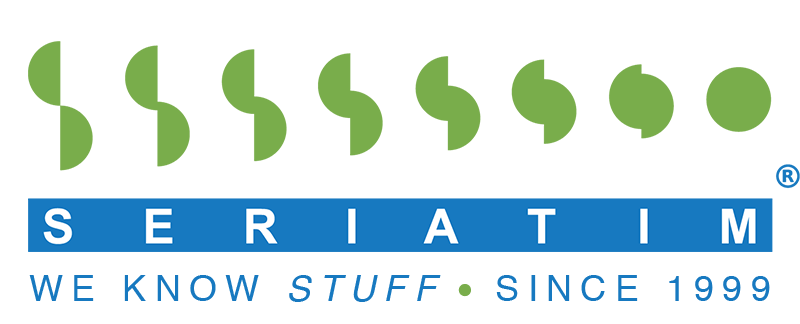NYC’s Premier Move Manager and Inventory Expert Gives Advice on Cybersecurity
By Sonya Weisshappel
Founder & CEO, Seriatim, Inc.
Sonya and dog Finn together in their new home.
Last month, I took the plunge and moved my family to Rhode Island and expanded my business to New England. My company of twenty-four years, Seriatim, Inc., is still based in New York City. Before tackling the ins and outs of the NYC commute, I had to address one big question: Will my employee records, client documents, and personal information be protected?
Cybersecurity isn’t merely for big businesses. For small business owners, having a cybersecurity policy isn’t even enough. Because I don’t have a dedicated IT department, I’ve learned that I am in charge of checking my employees’ hardware to limit our exposure to risks. As with any project that involves getting organized (i.e., preparing for the worst!), knowing where to begin is the hardest part. The first step in assessing your vulnerability is to create an inventory of the technology used by every individual in your company.
By “inventory,” I mean a simple Excel spreadsheet. Think like you’re sending tax returns to your financial planner or getting blood work before you talk to a medical specialist. You have to gather certain information for professionals to do their job. For example, a tech guru can’t do anything for you unless they have: A) Printer Model Number, B) Serial Number, C) Date of Purchase, D) Cartridge Type/Expiration, etc. Each piece of the puzzle could be different. For instance, you must include your computer, phone, or tablet’s most recent operating system.
At Seriatim, we work primarily with seniors and their families as they downsize and look forward to their next and often final chapters of life’s journey. It breaks my heart to learn about my clients’ experiences with phishing scams—some are elaborate and highly sophisticated, a form of terrorism. After speaking with insurance brokers and other trusted advisors about what we’re seeing and what we can do to help, I keep coming back to the fundamental lessons of move management and inventorying: it all starts with knowing what you own.
While it may be true that 2023 is the first year of the post-pandemic era, we still need to solve issues from the spring of 2020. I can’t tell you whether Zoom is safe, but I can tell you that cybersecurity was a blind spot for me as a business owner. Earlier this year, one of my employees took her work computer to a (very well-known and reputable) company’s tech repair team, and she never saw it again. They lost it, and we still don’t know how to get it back. If it’s really lost, then who has it? Do they have access to her e-mail, my clients’ information, or my company’s data? Fortunately, they didn’t. But it was a face-slap moment for me, and I’m enormously grateful the outcome wasn’t worse.
OK, so I learned my lesson. I still can’t walk around the office at night to ensure everything’s safe. My seventeen employees and I are dispersed; everyone’s got their own stuff in their own homes (everything everywhere all at once!). We use our everyday devices to support our clients, enhance productivity, and market to strategic alliances in order to grow our business. A good firewall is essential, but you’ve got to collect the nitty-gritty bits of information. Be it a phone, tablet, or printer—if it’s got a screen, you must put it on your office’s inventory spreadsheet. Once you have that document, you can share it with a cybersecurity professional, and then an insurance broker will find out whether you’re adequately insured (spoiler alert: you’re probably not!).
Read more about Sonya Weisshappel here.

